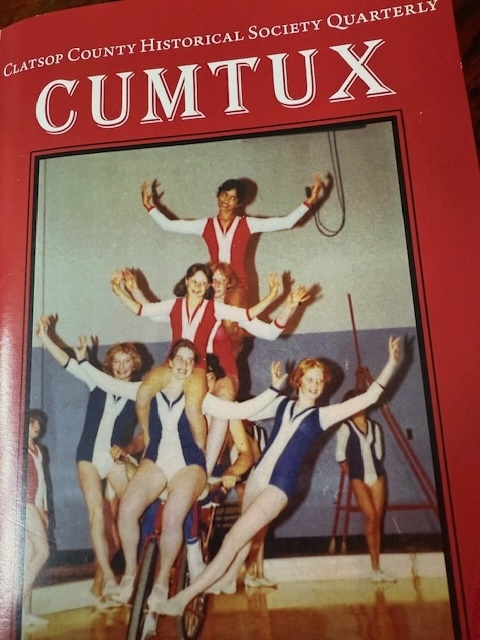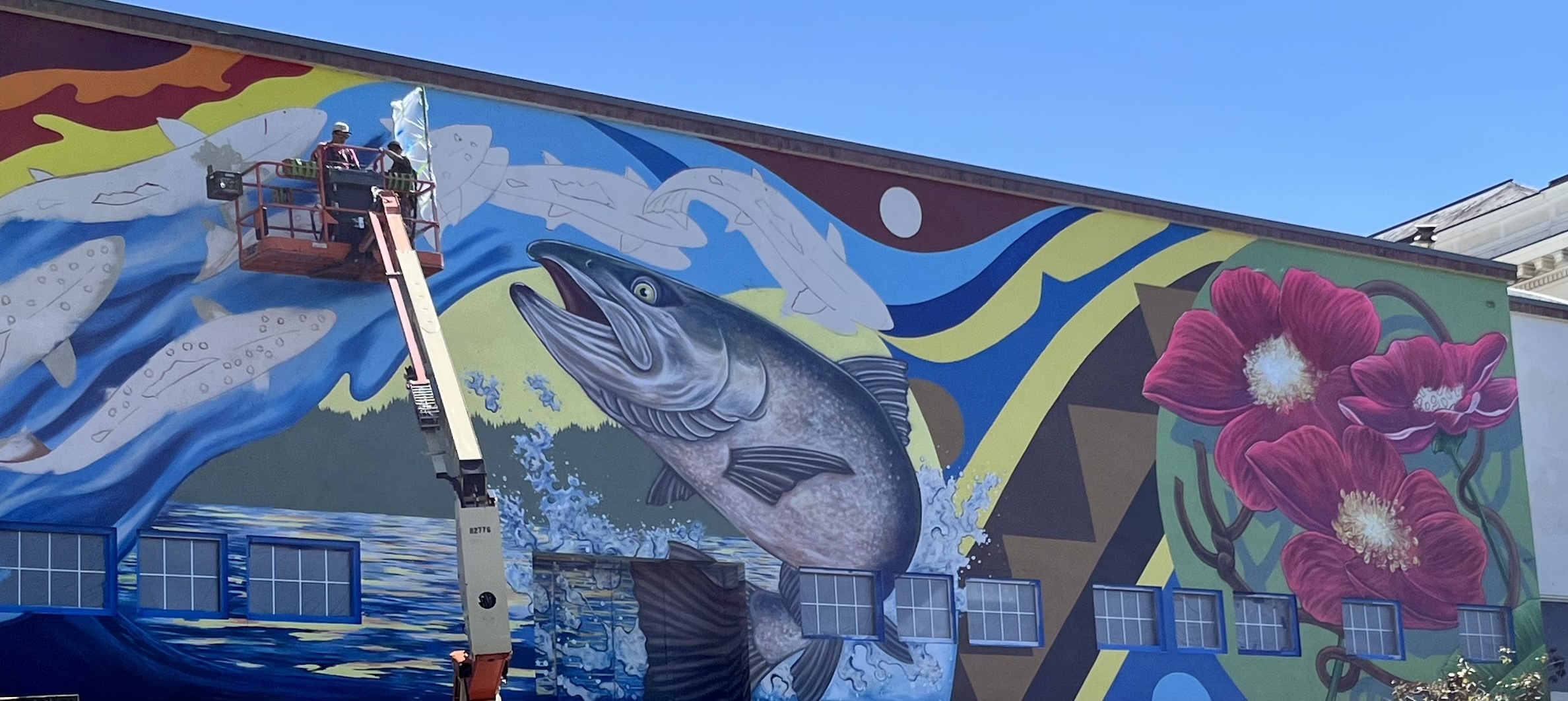Bookmonger: Trees, glorious trees
Published 9:00 am Wednesday, November 2, 2022

- “Trees of the West” is by Molly Hashimoto.
Committed to helping people deepen their connection with nature through hands-on creative experiences, Seattle artist Molly Hashimoto has led workshops at the Sitka Center for Art and Ecology, the North Cascades Institute and other cultural and environmental organizations throughout the West.
Trending
She’s also created books that incorporate drawing and painting pointers along with her own art and observations of the natural world. Published by Skipstone Press, these titles include “Colors of the West,” “Birds of the West,” and “Mount Rainier National Park: An Artist’s Tour.”
“Trees of the West” by Molly Hashimoto
Skipstone Press – 192 pp – $22.95
Trending
Her latest book may be her best yet. “Trees of the West” is a tour through the biogeographical regions of the West that play host to different tree communities. Sometimes these significantly different regions host some of the same tree species, but thanks to the particular geologic and climate conditions that characterize each area, the trees are interacting in relationship with different plants and may even exhibit different growing habits.
From larches and oaks to Engelmann spruce and Douglas fir, Hashimoto explores this phenomenon, but also investigates Western tree species that have more specialized niches.
The book begins with northern coastal and Cascade forests, then moves down the coast to include the redwood forests and giant sequoia groves, then east to the Rocky Mountains and on to the southwestern deserts – eventually covering eight regions in all.
There are fascinating tidbits along the way. The world’s tallest living Douglas fir is in Coos County, and the largest Sitka spruce may be one that grows on the shore of Lake Quinault.
A grove of self-cloning aspens, spread out over more than 100 acres in Utah, is thought be the largest organism ever and may be close to 80,000 years old. But alongside the marvels of these “champion trees,” Hashimoto also celebrates the people who have championed trees, from Northwest-based forestry scientists like Jerry Franklin and Suzanne Simard to organizations such as the historic Save the Redwoods League.
Occasionally she tucks in a tree poem, too. These include works by Northwest poets Kim Stafford, John Daniel, Tim McNulty and Saul Weisberg.
But first and foremost, this book is a visual treasure trove. With over 120 of her own stunning paintings and sketches, Hashimoto provides an armchair tour of trees of the West. From the mightiest sequoia to the humblest acorn, nothing escapes this artist’s appreciative gaze.
Along the way, she talks about the different ways of capturing the essence of trees through visual art techniques, whether that be sketching, painting or working in a studio. She offers short tutorials on color mixing, materials, tools and more.
Hashimoto encourages experimentation and versatility. Throughout the book, she gives examples of presenting the same scene using different methods.
So whether you are moved to celebrate the everyday virtues of red alders or black cottonwoods, or the splendor of vine maples in autumn or dogwoods in spring – you’ll find guidance here on doing so. “Trees of the West” is a treat for all seasons.









